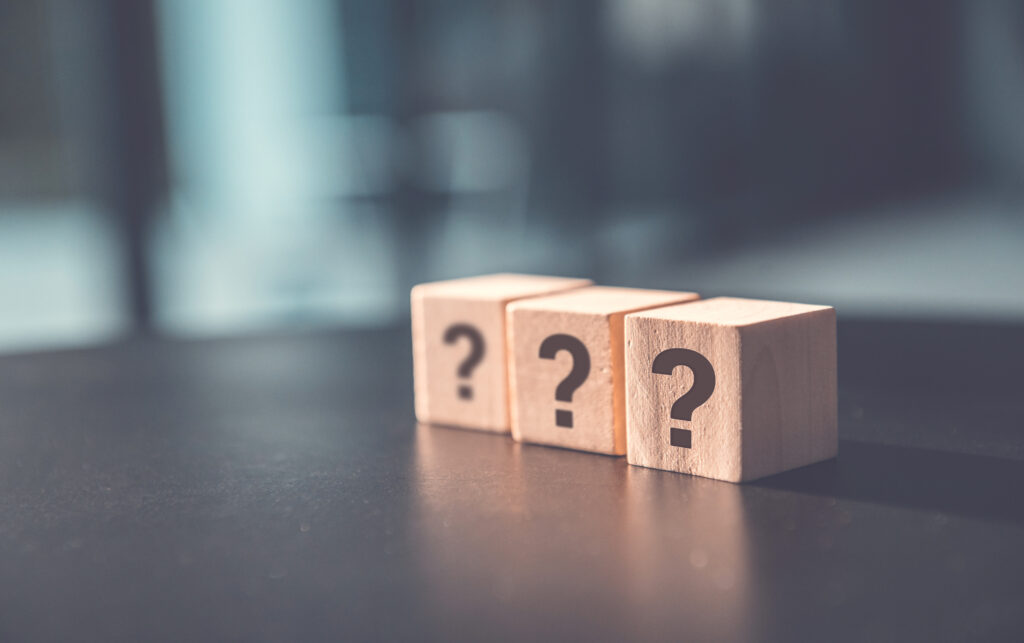SECURE 2.0: How it affects 529 plans
Effective January 2024, SECURE 2.0, a new federal law, allows funds from an established 529 account to be transferred tax-free to a Roth IRA owned by the beneficiary of the 529 account. The goal of the SECURE Act—an acronym for Setting Every Community Up for Retirement—is to encourage saving toward retirement and to expand employee participation in retirement plans. Now, unused educational funds have the potential to kickstart a beneficiary’s Roth IRA savings.
This change, however, comes with limitations. Here is what we know:
- The 529 account must have been open for at least 15 years.
- The beneficiary of the 529 account and owner of the Roth IRA must be the same person.
- The amount of the rollover is limited:
- Annual rollovers are subject to applicable Roth IRA contribution limits.
- Rollover amounts from all 529 plan accounts may not exceed $35,000.
- Rollovers may not exceed the amount contributed to the 529 account (and related earnings) before the five-year period prior to the rollover.
Still have questions? We do, too! The 529 industry submitted a letter to the IRS in September 2023 seeking answers on this issue. It is unclear when the IRS will provide the requested guidance, which could affect the tax treatment of your 529-to-Roth IRA rollover. Visit our website’s SECURE 2.0 Frequently Asked Questions page for more information on whether your my529 account could be eligible and what the IRS has detailed.

Now, unused educational funds have the potential to kickstart a beneficiary’s Roth IRA savings.

